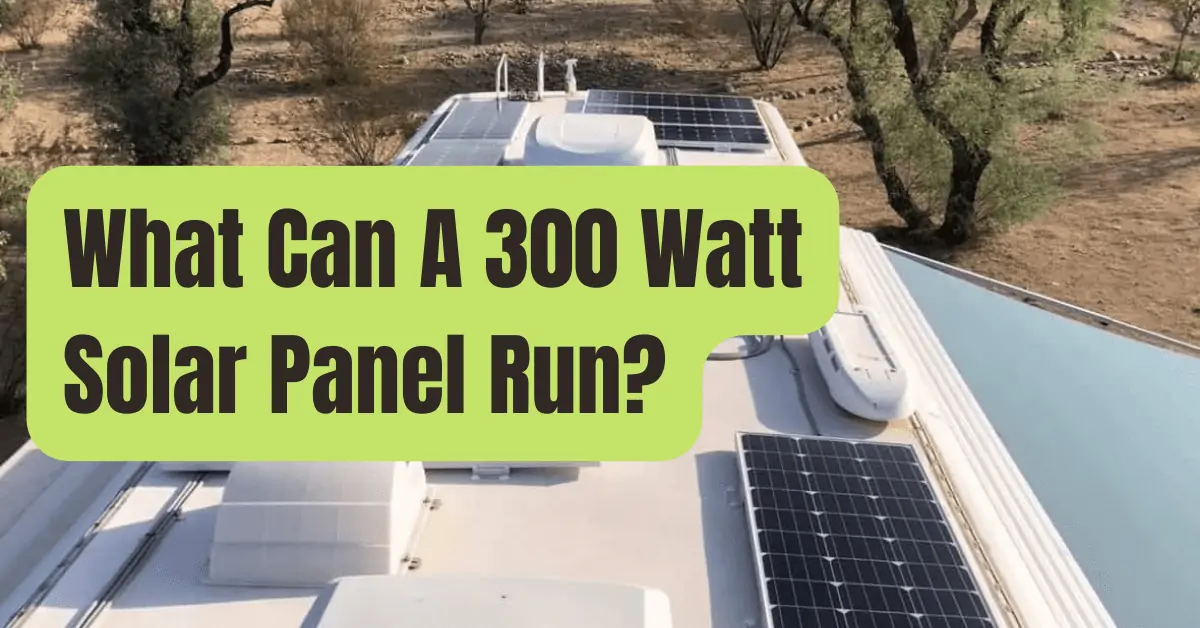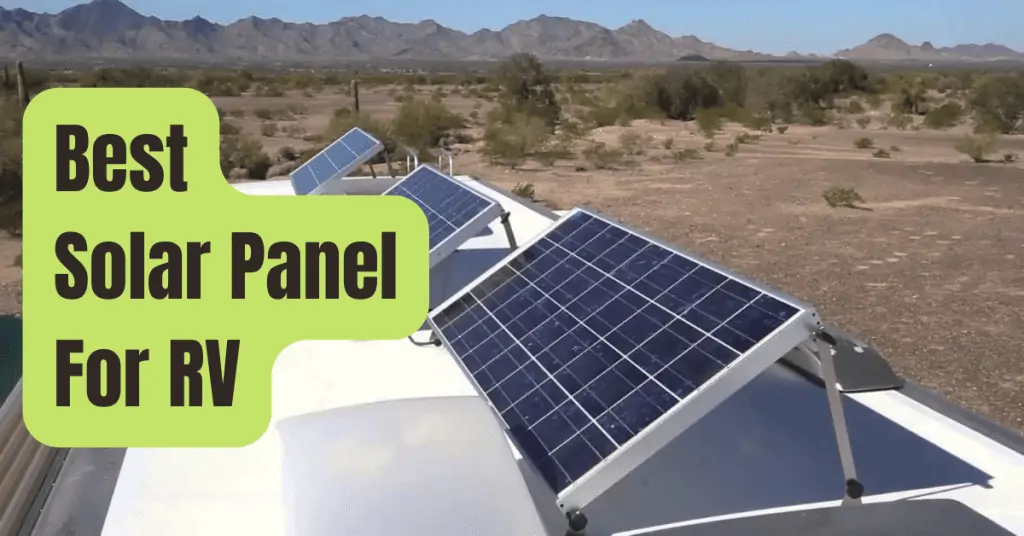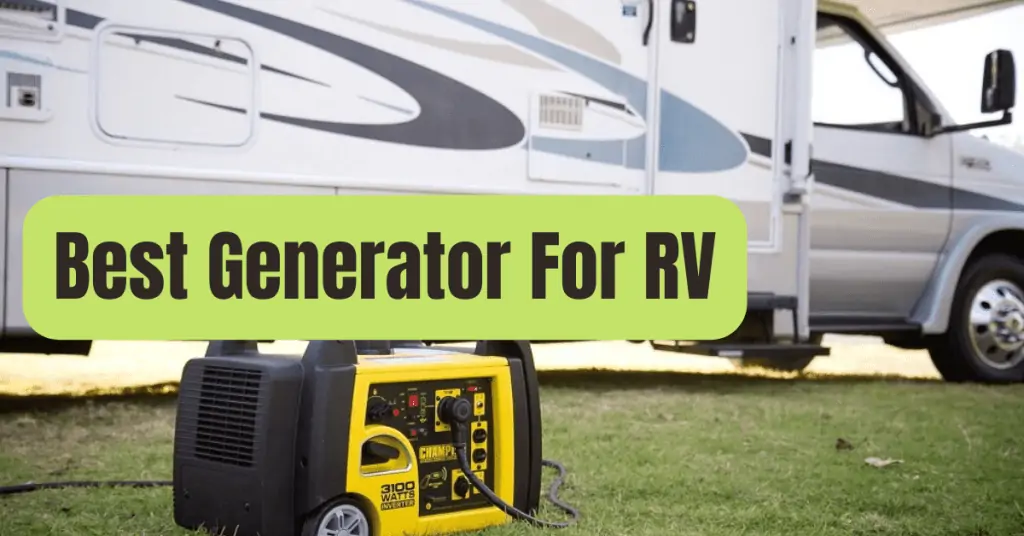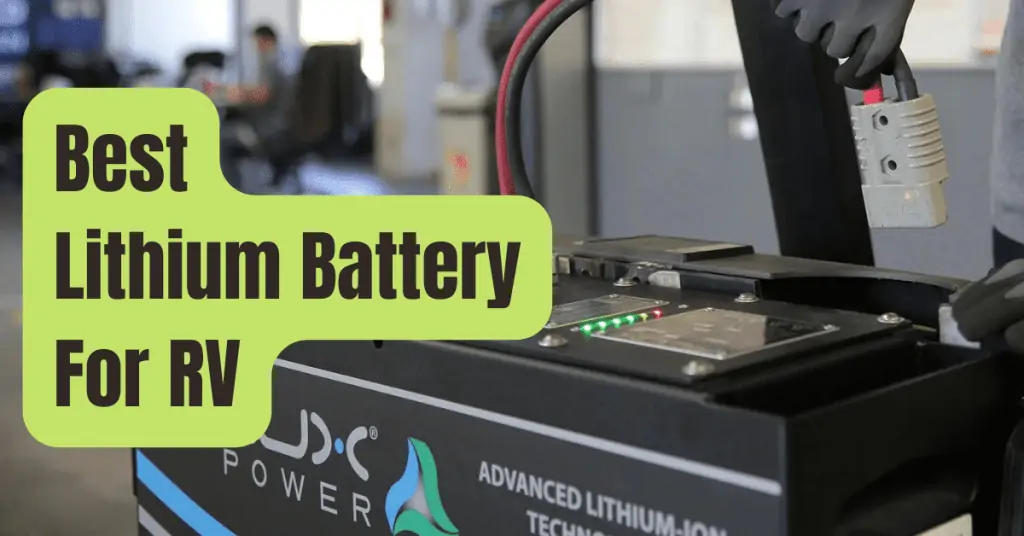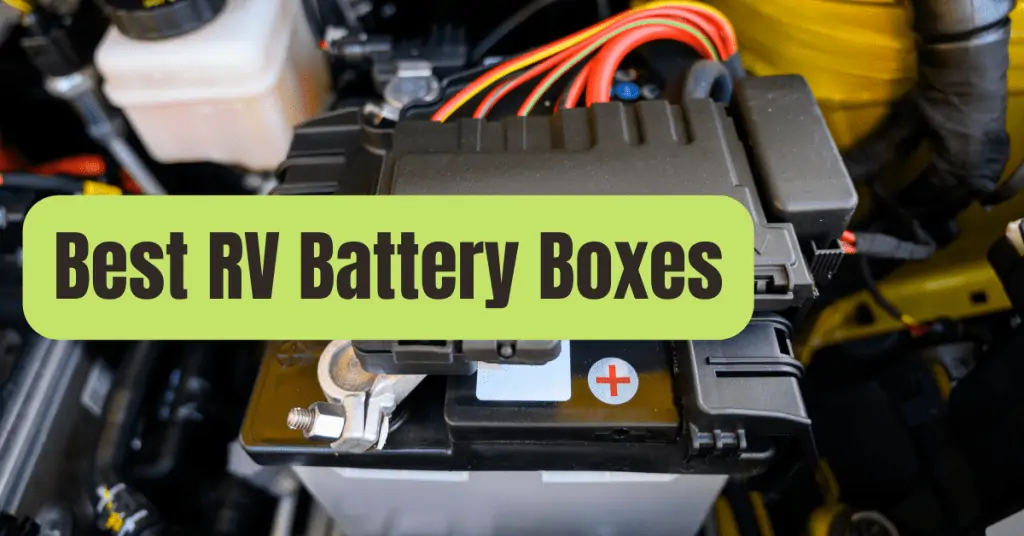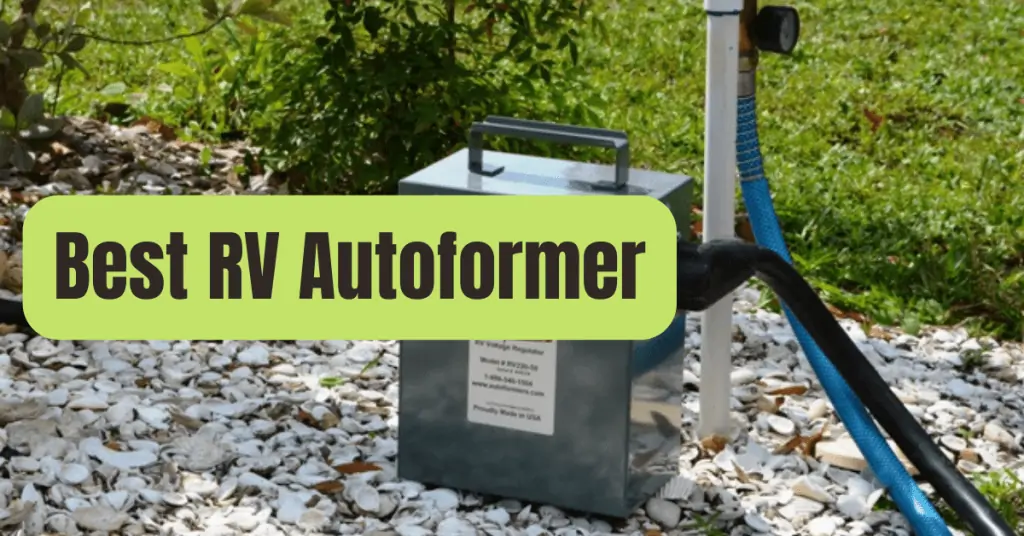There is a solar panel for everyone, ranging in size from a small 50 watt portable solar panel to keep your electronics charged to strong 300 watt panels to place on the roof of your tiny house or cabin.
How many solar panels are required to keep your home’s electronics powered? Is it feasible to use a solar panel to power a refrigerator? It’s simple to confirm that your solar system will fulfill your energy demands with a few quick calculations.
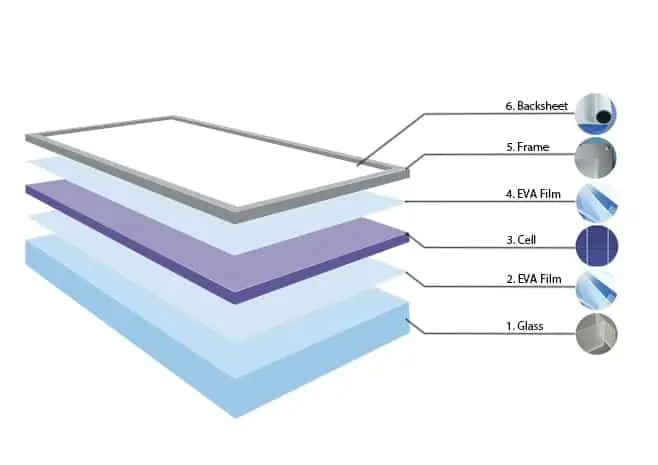
How Do Solar Cells Function?
Let’s first discuss the fundamentals of how solar energy is produced.
Numerous silicon solar cells are used in photovoltaic solar panels.
The solar panels generate an electric current when sunlight strikes them.
An electric field is produced by the positive and negative layers found in solar panels.
A charge controller, which regulates the amount of electricity going to a battery, receives the current generated by solar panels.
The overcharging of batteries is avoided using charge controllers.
If the stored energy falls below 50%, they also have the power to shut down a system.
DC electricity is generated and stored by batteries.
An inverter converts DC electricity into AC power so that AC gadgets like microwaves, computers, and phone chargers may be utilized.
Solar panels are linked to a grid inverter in a residence, which is then connected to the building’s existing electrical system.
Depending on your unique energy requirements, you may choose from a variety of inverters for an RV, vehicle, or boat.
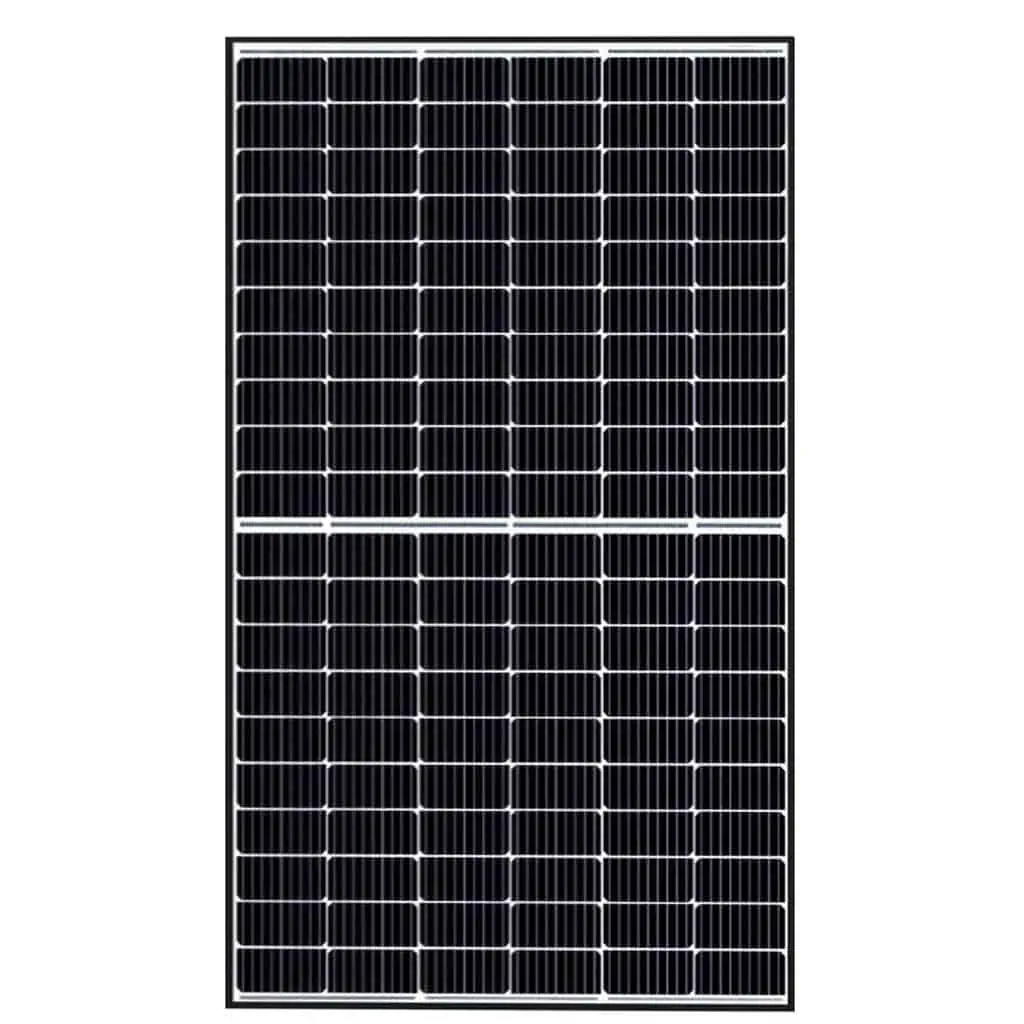
What Number Of Solar Panels Are Required To Power A Refrigerator?
Three to four typical solar panels are required to power an ordinary refrigerator.
The typical freezer in the United States consumes 58 kWh on a monthly basis, compared to 57 kWh for the average refrigerator.
Together, they result in a cumulative total of 115 kWh.
A 100 watt panel will generate about 1 kilowatt-hour per day, or 30 kWh per month, if it receives at least 8 hours of sunshine every day.
You may acquire 3.8 solar panels by dividing the refrigerator’s energy use (115kWh) by the monthly amount of 30kWh.
This implies that in order to keep this refrigerator working, you will need four panels.
With A 300 Watt Solar Panel, What Can You Power?
A 300 watt panel will generate nearly 2.5 kilowatt-hours per day if it is exposed to sunlight for 8 hours each day.
This translates to a yearly solar output of around 900 kilowatt-hours when multiplied by the 365 days.
To put it simply, each panel will produce 900 kilowatt-hours yearly.
Even after taking into account all possible circumstances, a number of appliances and gadgets, such as laptops, LED lights, stereos, and TVs, may be operated efficiently with 300-watt solar panels.
You may probably expect to be searching for solar panels with a maximum output of 300 watts for portable applications.
When used for road trips or other journeys, they may generate a large amount of electricity.
These panels are offered in sizes that are portable enough to be transported to distant locations where some power production is necessary.
You must compare the output per day or month (say 2.5 kWh/day for the solar panel) with the demands of an appliance (3.8 kWh/day for a refrigerator) to determine what you can and cannot power with a single 300 watt solar panel.
A 300 watt solar panel would not be sufficient in this case to run the refrigerator.
The solar panels that make up the solar array used to power a house or company are typically 300 watts in size.
To produce adequate electricity, you’ll need a number of panels, and the precise amount depends on the size of your house and your own energy usage.
A 500 Watt Solar Panel Can Power What?
Assume that each solar panel on your rooftop receives around 8 hours of sunshine each day.
A 500 watt panel will generate roughly 4 kilowatt-hours per day if it receives 8 hours of sunshine each day.
This results in a yearly solar output of around 1460 kilowatt-hours when we multiply it by the 365 days.
To put it simply, each panel will produce 1460 kilowatt-hours yearly.
You may fulfill the demands of more energy-hungry appliances, such as refrigerators, stoves, hot water heaters, and dryers, by purchasing a combination of these bigger panels.
They are, nevertheless, the ideal size for several uses on their own.
They’re especially well-liked for RVs since they produce enough power to meet the majority of electrical requirements and charge batteries for nighttime usage.
Solar panels have grown to a size that is less transportable at 500 watts.
To provide portable electricity wherever you go, you may easily install such a panel to a recreational vehicle.
A 500-watt solar panel will have little issue powering numerous laptops and other mobile devices.
In fact, there will be enough of electricity left over for the fans and lights in your RV.
The additional capacity will undoubtedly be helpful, but you’re still not quite ready to operate the RV’s air conditioning off the solar panel.
What Amount Of Amps Can A 300W 12V Solar Panel Generate?
You’ll need to grasp amps in addition to watts to fully comprehend what your solar power system will be able to power.
Amps, which measure current rather than power, are crucial in establishing the size of a battery bank.
Recall the formula amps x volts Equals watts to compute amps.
In this case, 300 watts is equal to amps times 12 volts.
This enables us to determine that this panel will generate 25 amps.
While the perfect solar panel match yields a current of 25 amps, there are other factors to take into account in actual use.
You’ll really be charging a 12-volt battery bank up to 14.6 volts when you do so.
Of course, this may vary depending on the voltage, with some bigger solar systems operating at 24 or 48 volts to maximize their scale efficiency.
Additionally, there are a few places in the system where energy losses are possible.
One of the most crucial elements in calculating your real electrical output is the charge controller.
It controls how much power is sent from the solar panels to the batteries.
Pulse width modulation (PWM) and maximum power point tracking are the two forms (MPPT).
PWM charge controllers are less effective than MPPT ones.
When your solar panels are really in use, you may anticipate a 300-watt panel to produce around 16 amps at 12 volts.
How Many Solar Panels Are Required For Off-grid Living?
Let’s assume for the sake of this example that you have some 300 watt solar panels and want to power your house.
Your home’s off-grid solar installation is your greatest alternative for supplying your demands because you don’t have access to the grid.
Assume that each solar panel on your rooftop receives around 8 hours of sunshine each day.
A 300 watt panel will generate nearly 2.5 kilowatt-hours per day if it receives 8 hours of sunshine each day.
This translates to a yearly solar output of around 900 kilowatt-hours when multiplied by the 365 days.
To put it simply, each panel will produce 900 kilowatt-hours yearly.
However, you cannot anticipate using your solar panels to their maximum capacity throughout every daylight hour.
In reality, the typical output is usually closer to 4 hours of continuous production each day.
According to this estimate, your 300-watt solar panel will provide you with 1.2 kilowatt-hours of power each day.
Remember that this is the overall amount of energy produced during the day.
The production of electricity varies during the day.
Around midday, there will be a peak, and as darkness falls, there will be a notable drop-off.
Any electricity generated at its peak will be lost if your solar power system doesn’t have enough battery storage.
To buffer this output, you must ensure that you have adequate batteries.
What is the energy use in your house? The majority of statistics point to a yearly use of 11,000 kilowatt hours for a typical 2,000 square foot American home.
Therefore, we can see that a house of that size might be powered by around thirteen solar panels of this size when we divide our entire consumption by the estimated production of one solar panel.
Your energy requirements will be substantially lower if you live in a smaller house or are running an RV, and you’ll need fewer panels.
How Many Solar Panels Will Be Need To Run My Air Conditioner?
For every hour that they are in use, central air conditioners use a lot of energy and require roughly 3,5 000 watts, or 3.5 kWh.
Accordingly, each solar panel will be able to run your air conditioner for around 8.5 hours.
However, if you use your air conditioner for 6 hours every day, you would want more than 21 100 watt solar panels to provide power for 180 hours of usage per month.
You should reduce or stop using your air conditioning if your solar system is tiny.
How Many Solar Panels Are Needed To Charge A Battery With A 100 Ah Capacity?
Again, we use the same calculation to get amps by dividing power in watts by voltage in volts.
A 100-amp-hour battery will take five hours to fully charge at 12 volts and 20 amps.
We advise utilizing a 300w solar panel or three 100-watt solar panels since 20 amps times 12 volts equals 240 watts, which is the size of a panel you would require.
When charging batteries overnight, your normal power use won’t change.
You won’t have electricity during the day if your solar power system is only big enough to charge batteries overnight.
You should keep in mind that you’ll need to operate your system and charge batteries at the same time when choosing the appropriate number of 300-watt panels and 12-volt batteries for your solar system.
It’s crucial to take into account the possibility that your solar power system’s inverter may become a limiting factor when sizing a battery bank.
This appliance converts DC energy from solar panels or batteries to AC energy.
Even if you have the battery capacity, you can’t draw more energy than the inverter can handle since it has a maximum power throughput in watts.
Do Solar Panels Function In Overcast Conditions?
Solar panels still generate around 25% as much electricity under overcast conditions as they would in a bright one.
In addition, contrary to common assumption, solar panels perform more well in colder areas than they do in warmer ones.
Your 300-watt solar panel is intended to generate 300 watts of electricity when used in a 25°C environment.
At lower temperatures, it may actually produce more at its peak.
It’s crucial to take into account the potential effects of solar panel placement.
Because they need to be in an area where the light can reach them without obstruction, solar panels are often installed on roofs by homeowners.
Solar panels are often mounted on poles in more rural areas, such as cottages.
One major advantage is that these systems may often be turned to follow the sun for the best potential power generation.
Choosing the proper angle is crucial, but even very small alterations hardly affect how much energy is produced.
However, it’s important to take that into account when determining how much power your system will be able to generate and whether that investment in the system is worthwhile if you know you’ll be mostly traveling or living in mostly cloudy areas.
To determine the size of the system you need with more accuracy, use the Renogy Solar Calculator.
What Do I Do At Night If My Solar Panels Aren’t Generating Electricity?
If you live off the grid, your solar panels will have extra energy saved in your battery bank that you may use at night when your panels aren’t generating electricity.
You may often benefit from net metering, a utility billing system, if you are on the grid.
Here, extra power generated by your solar panels during the day is sent into the grid and paid to your account.
Then you may use those credits at night or on overcast days.
In the United States, not all electricity providers necessarily provide net metering.
To be sure, you’ll need to get in touch with your utility provider in advance.
When you do, you could also learn about certain tax breaks and other refunds that are offered by your state.
Solar energy might become an even better investment thanks to these incentives.
Theoretically, you could go without a large battery bank if you use net metering.
The economics work out because your solar power system generates more electricity than it needs during the day, sends it to the grid, and then receives it back at night.
However, having a battery bank has the additional advantage of providing power storage in the event of a grid failure.
Net metering still allows you to save money, but it is unable to keep your lights on in the event of a power loss.
How Can I Calculate The Number Of Panels I Need?
Make a list of all the appliances and gadgets you want to use in order to decide what size system would best suit your requirements.
When addressing energy requirements, the major appliances to take into account can include a TV, lights, water pump, laptop, fans, microwave, and refrigerator.
We advise utilizing the solar panel calculator to determine your requirements and assist with system design.
You may enter details about your way of life into the solar size calculator to determine how many solar panels you need.
You only need to be aware of how many total watts your gadgets will need, how long you want to operate devices, the effectiveness of your charge controller, and the typical number of hours of sunlight each day.
The recommended battery output as well as the minimum and maximum system sizes may then be determined using the solar panel calculator.
Understanding the difference between peak and average demand is one of the most crucial aspects of effectively designing a solar power system.
For instance, your microwave may use 1000 watts, but how often is it in use? Consider the reverse if you consider things like low-wattage lightbulbs that are left on over extended periods of time.
Many appliances might use substantially more electricity when they first start up because they have start-up loads that are greater than their advertised wattages.
It might be difficult to examine your energy usage at this level, but doing so can help you achieve the capacity you need.
Conclusion
You may get solar panels and solar kits from Renogy in a range of various sizes.
You may have a successful solar installation that satisfies all of your solar demands by taking the time to calculate the capacity of your solar panels and the requirements of your home appliances and gadgets.

